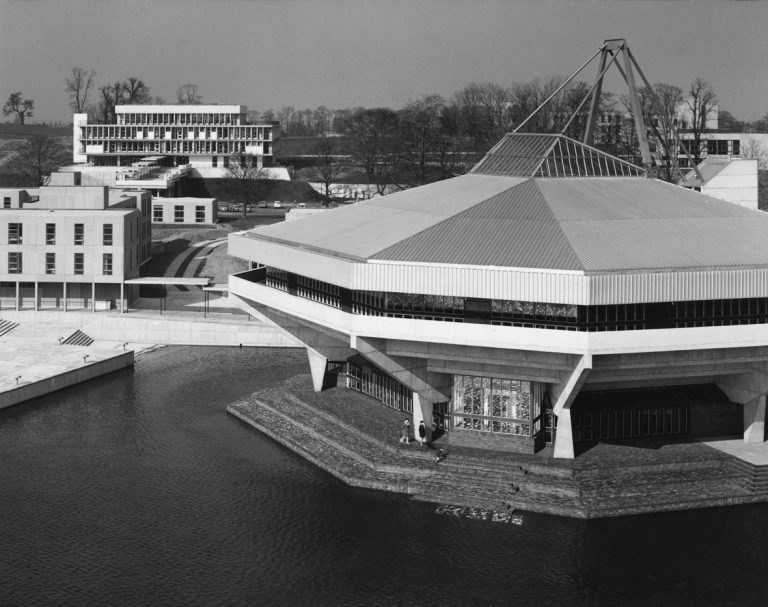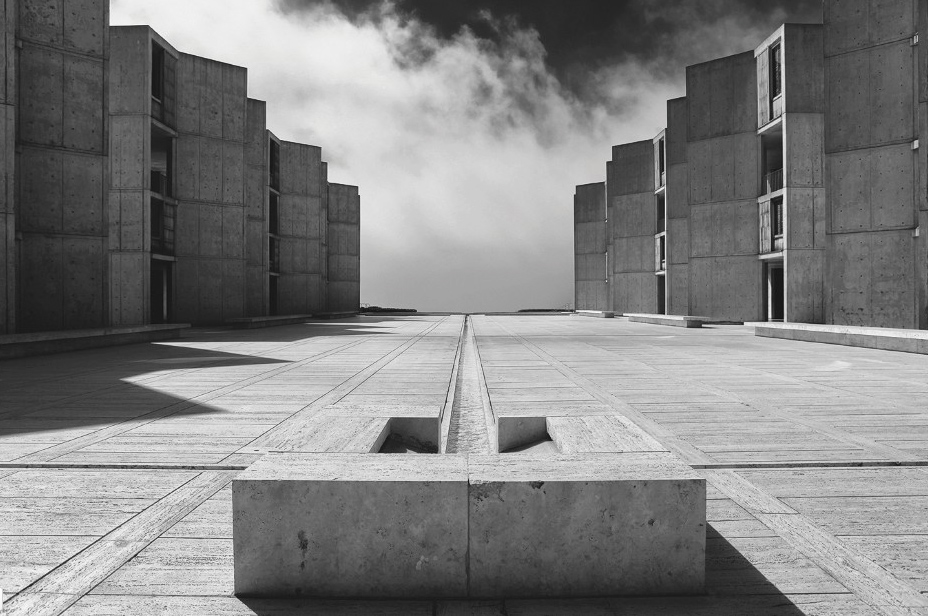Estimated reading time: 5 min
Brutalist architecture, arguably the most recognisable architectural movement of the 20th century, continues its turbulent relationship with the masses and remains somewhat under appreciated. Its very name provokes a negative reaction in the way that Fauvism and Impressionism does not. Many buildings have been left to crumble or have succumbed to the wrecking ball over the past few decades as gleaming structures (and all they symbolise) emerged in their place. Still, many remain. Some perfect, some imperfect. The question facing politicians, architects and designers is clear: are they worth saving?
As with many things that find themselves out of fashion, there has recently been a groundswell of support for Brutalist architecture from several critics for a style that has mostly been out of favour since the 1970s. Yet the worry persists that landmark buildings are now vulnerable to demolition due to modernist architecture’s unpopularity with both the wider general public and politicians. Earlier this month the Observer sought to highlight these concerns saying: “The loss of some of the most innovative buildings of the postwar period would create a black hole in architectural history.” Simon Thurley, a former head of English Heritage, concurs. “The danger is that everything will be just got rid of and the next generation will have absolutely no idea about that extraordinary period of incredible optimism and determination to use architecture to transform society,” he said. “The problem is that [modernist architecture] does take greater understanding – almost philosophical understanding – to get it than historic architecture, which immediately appeals to the aesthetic eye.”
This, at root, seems to be the problem with Brutalist architecture. It is harder to ‘get’ than anything that came before or since. The name itself invokes the words ‘brute’ or ‘brutality’ but, in fact, derives from the French béton brut, which translates as ‘raw concrete’. It is a movement that’s very raison d’être counts against its credibility. Brutalist architecture was often much cheaper than other alternatives and was probably overused, particularly be governments and national institutions as a result. Countless schools, universities and shopping centres popped up and dominated various grey towns and cities across the UK. Many totalitarian states also favoured the austere appearance this form brought. Brutalism, consequently, became synonymous with an era that many would like to forget. While much of the world has become enamoured with a new, slicker type of architecture, the “piles of concrete” as Prince Charles once described Brutalist buildings have taken on a kind of soullessness. Where once they represented functionality and social architecture now they are dystopian. But, the question remains, do the buildings themselves deserve to fall by the wayside?

Central Hall, York, is recognised as one of the most iconic Brutalist buildings in the UK
In the past few years there has undoubtedly been a shift in the perception of Brutalist architecture. While it is not uncommon for something to go from unfashionable to fashionable, this rise in popularity seems to be very much grounded in ethics, a re-thinking of what is actually important. Brutalism is deeply unpretentious. The buildings from this era are earnest, functional and disassociated with the gleaming structures that matter a great deal to the elite but mean little to the masses. In an age where skyscrapers are now measured in kilometres it is no surprise that the softer side of Brutalism is now, belatedly, finding appreciation. Andrew Derbyshire, who undertook the York University Development Plan in 1961 once said: “I think people…..are attracted to the idea of social architecture which emerges from the place….and the people, the users and the particular characteristics of the design team. That produces a unique product for the location and that is why our buildings are all different.” The University of York and, in particular, its Central Hall is now recognised as one of the most iconic displays of Brutalism that we have in the UK.
The purity of Brutalism is likely to be its saviour. These buildings can be saved and new functions can be found for them but they can’t be dressed up. As Felix Salmon said, raw concrete is raw concrete. If we can learn to appreciate the aesthetic of Brutalism, as well as its ethic, then the history of these still relatively new buildings will continue to grow well into the 21st century.


